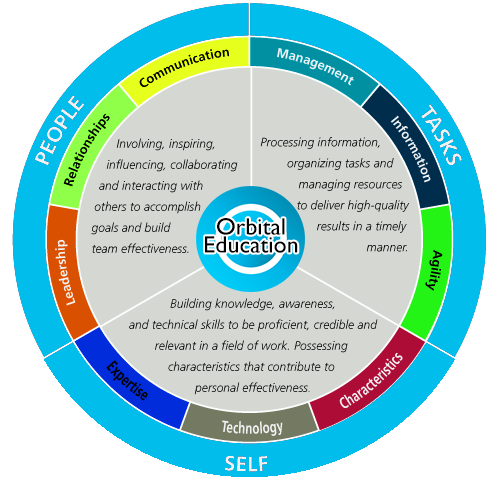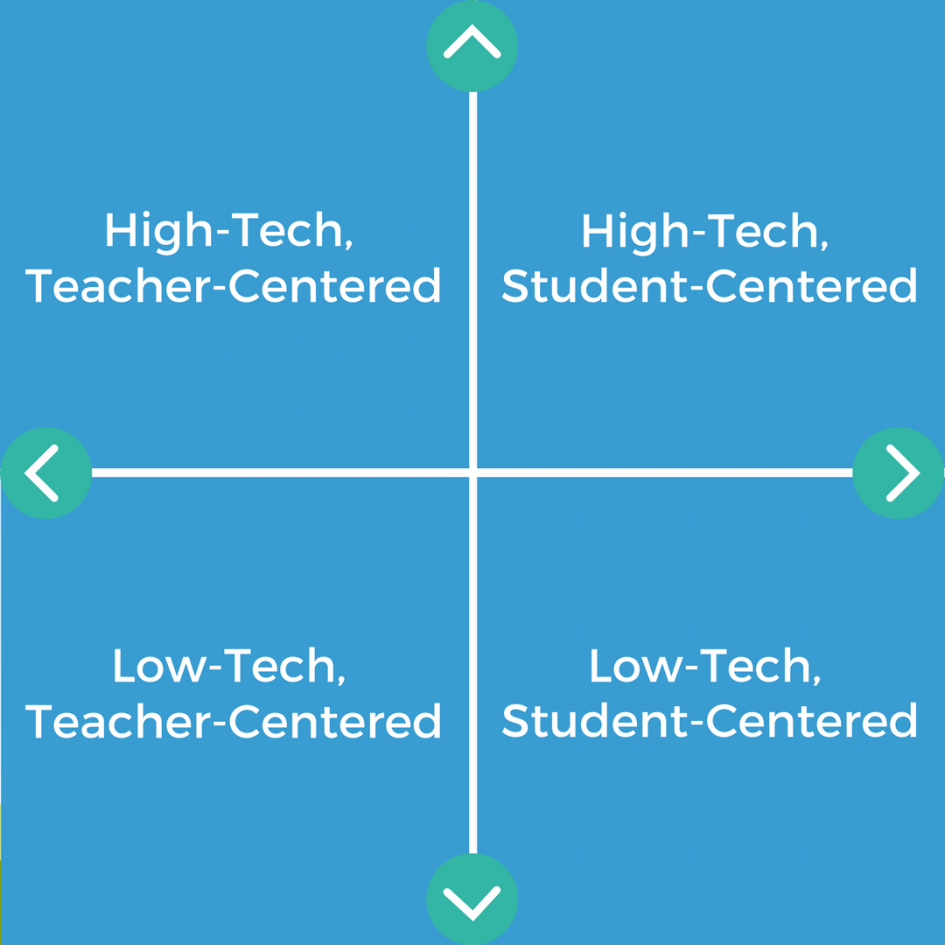As a reference for populating this grid I have used Johnson et al, Exploring Corporate Strategy (2005), in particular the Foundations of Strategic Capability, (95). Here, strategic capability is defined as the resources and competences an institution needs to future proof itself.
| Laurence Bell | |||
| Tangible resources | |||
| Land | Orbital own 9 schools globally, however they always have a local partner. The land is leased. |
Buildings | As you can imagine there are many buildings with 9 schools. |
| Materials |
|
Financial |
|
| Intangible resources | |||
| Relationships |
|
Reputation |
|
| Competences | |||
| Knowledge Competences |
|
Capabilities |
|
| Resources | Competences | ||
| Threshold |
|
|
|
| Providing competitive advantage |
|
Native UK Teacher Expertise | |
 In education, intangible resources are more likely to produce a competitive advantage. Although hard to quantify, they involve the knowledge and expertise a teacher brings to the role. This helps students to achieve good examination results which will be, in turn, used as the primary marketing tool to attract new students (Hitt, Bierman, Shimizu & Kochhar, 2001).
In education, intangible resources are more likely to produce a competitive advantage. Although hard to quantify, they involve the knowledge and expertise a teacher brings to the role. This helps students to achieve good examination results which will be, in turn, used as the primary marketing tool to attract new students (Hitt, Bierman, Shimizu & Kochhar, 2001).
VRIN
Valuable:
It’s crucial to identify what our organisation considers to be its’ core value to clients. Asking them via online surveys or focus groups is a powerful tool to understand where they see the value of our product. We this has been done, Chinese parents demand excellence in examination results. The Chinese are obsessed with education, which goes some way to explaining the governments crackdown on after school revision clubs.
Rare:
This is difficult to identify in a saturated market. It could be having a UK teaching cohort in this time of Covid when so many of our competitors have struggled to fill positions with native speakers. It could also be GCSE/A level results. Offering A level in a market dominated by IB is a USP, hence rare.
Inimitable:
The question of how the business model maintains sustainable competitive advantage, or how valuable rare resources are likely to remain so, is difficult to answer. In a results driven industry, the question of our present strategy being good enough for long-term profit and dominance in the market is also difficult to answer.
Non-substitutable:
By introducing AI, we can replace certain aspects of the teachers’ duties with automated processes. For example, it is now possible to automate differentiation and homework/exam/end of unit tests and marking. This should free up the teacher to work with students in the class on problem solving and project-based learning. These strategies should drive high performance learning and improve results.
Do staff agree with this VRNI?
I would have to say that group head managers in the UK do not fully buy into this analysis. I have encountered many obstacles when trying to introduce AI for differentiation. There is an obvious dichotomy here for me. On the one hand they want examination results to drive growth. On the other hand they are cautious with dynamic change. AI stirs different emotions with different teachers and managers depending on their experience and attitude of mind. Most staff within the group I work, who I have canvased, have either a negative or at best neutral view of AI. I believe this is because of a lack of exposure. As tools to drive high performance learning we have experienced UK staff and AI. We cannot get the staff, therefore we should be concentrating on support tools that can drive results.


Leave a Reply